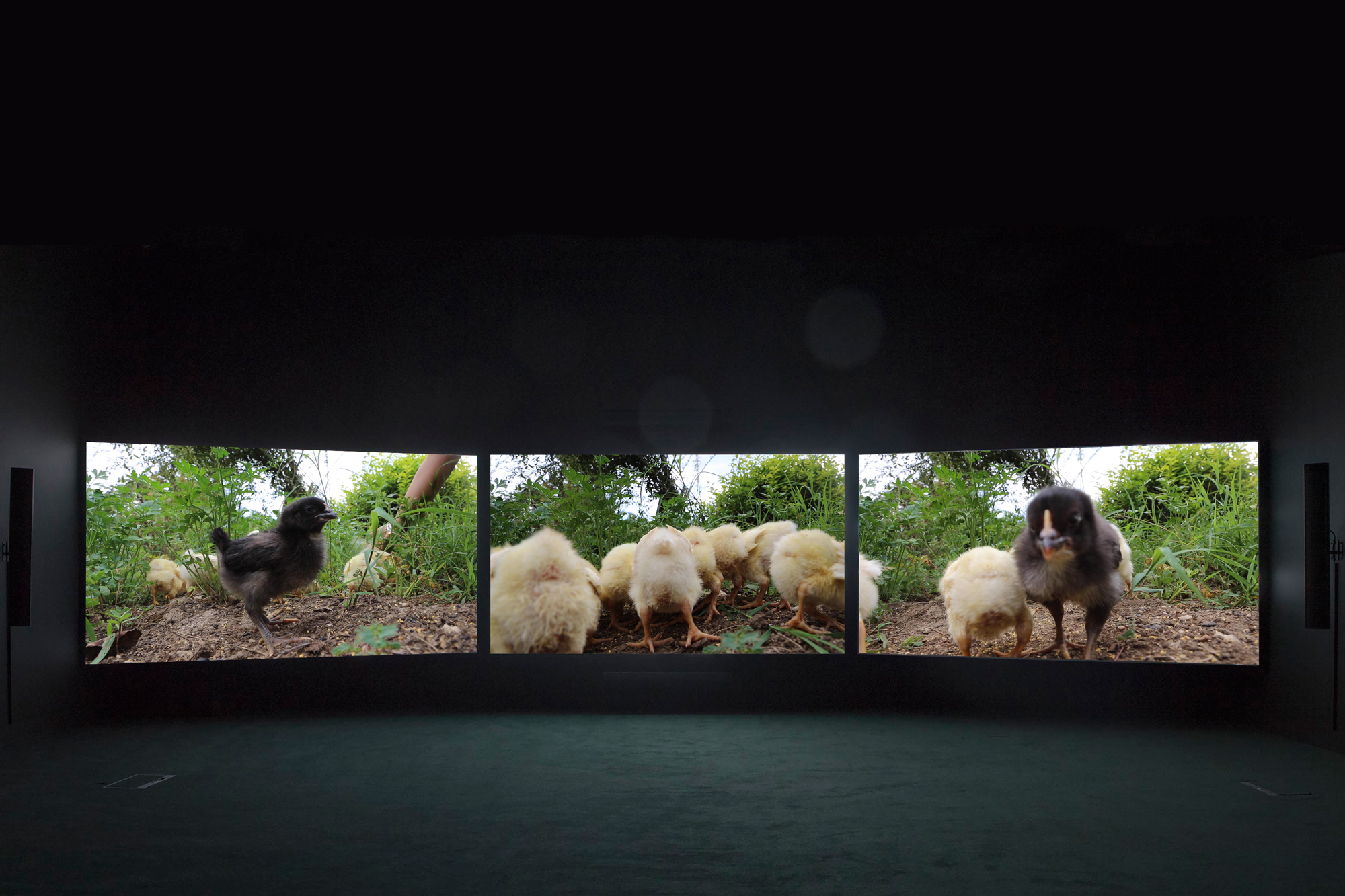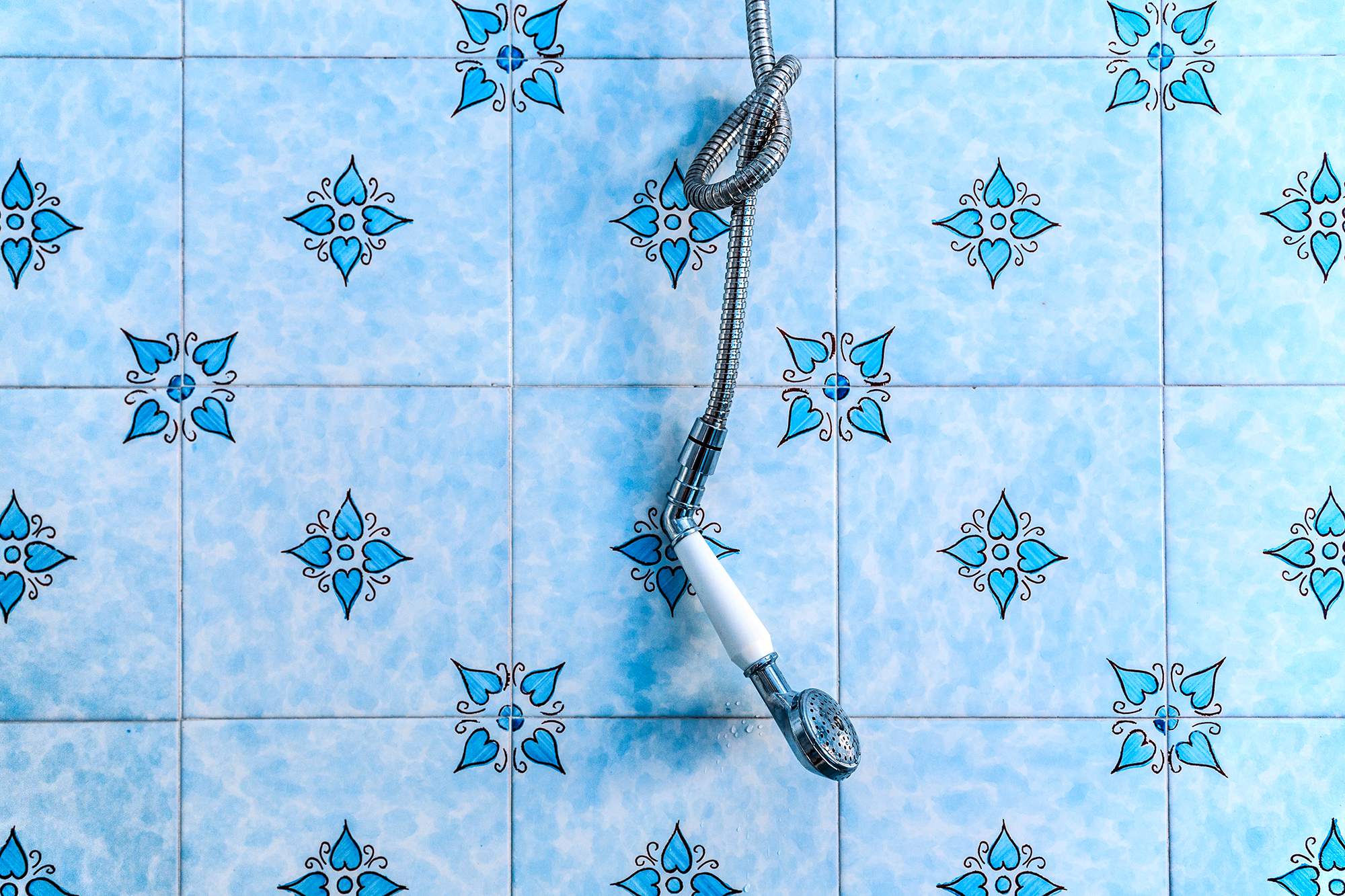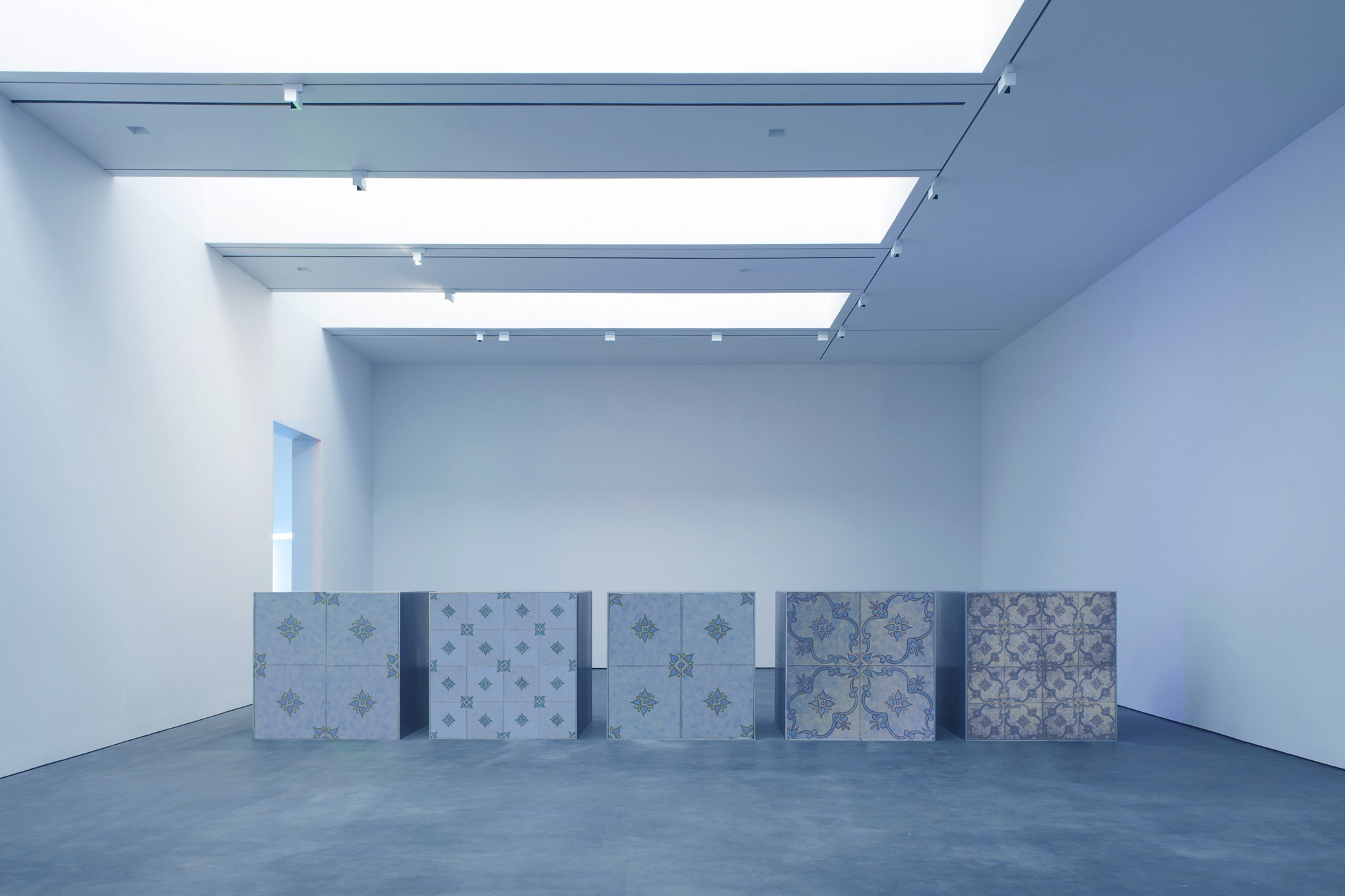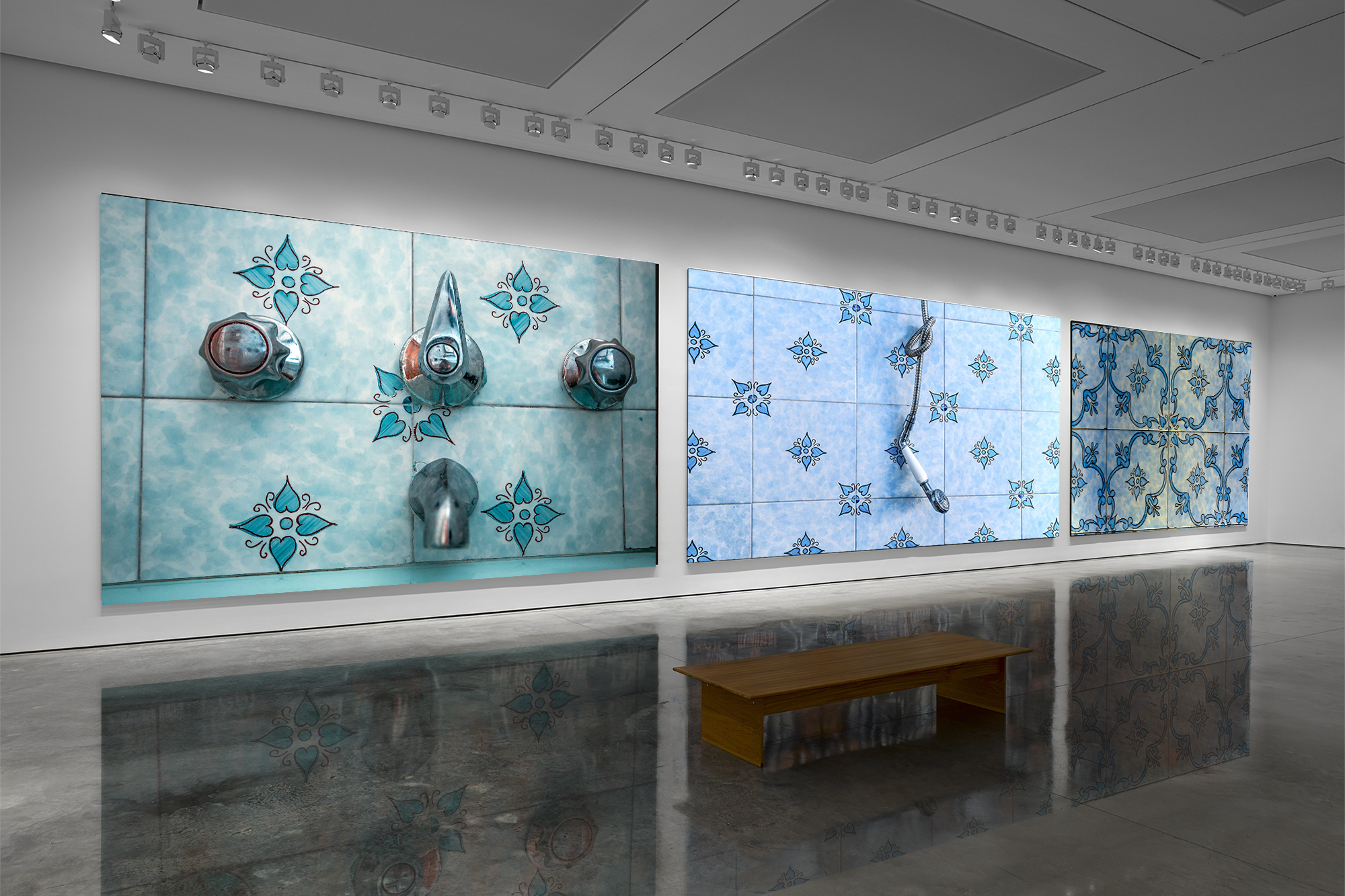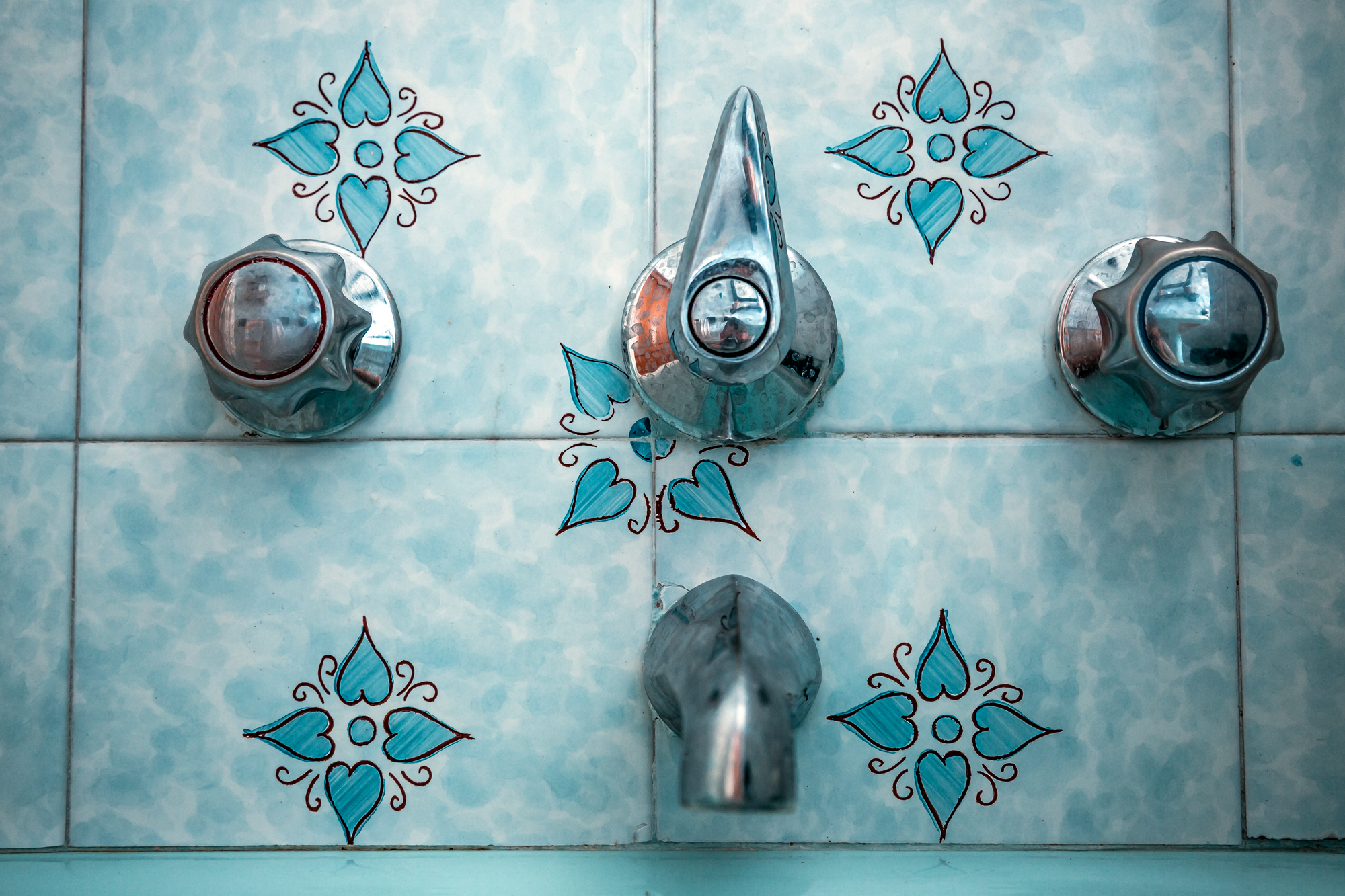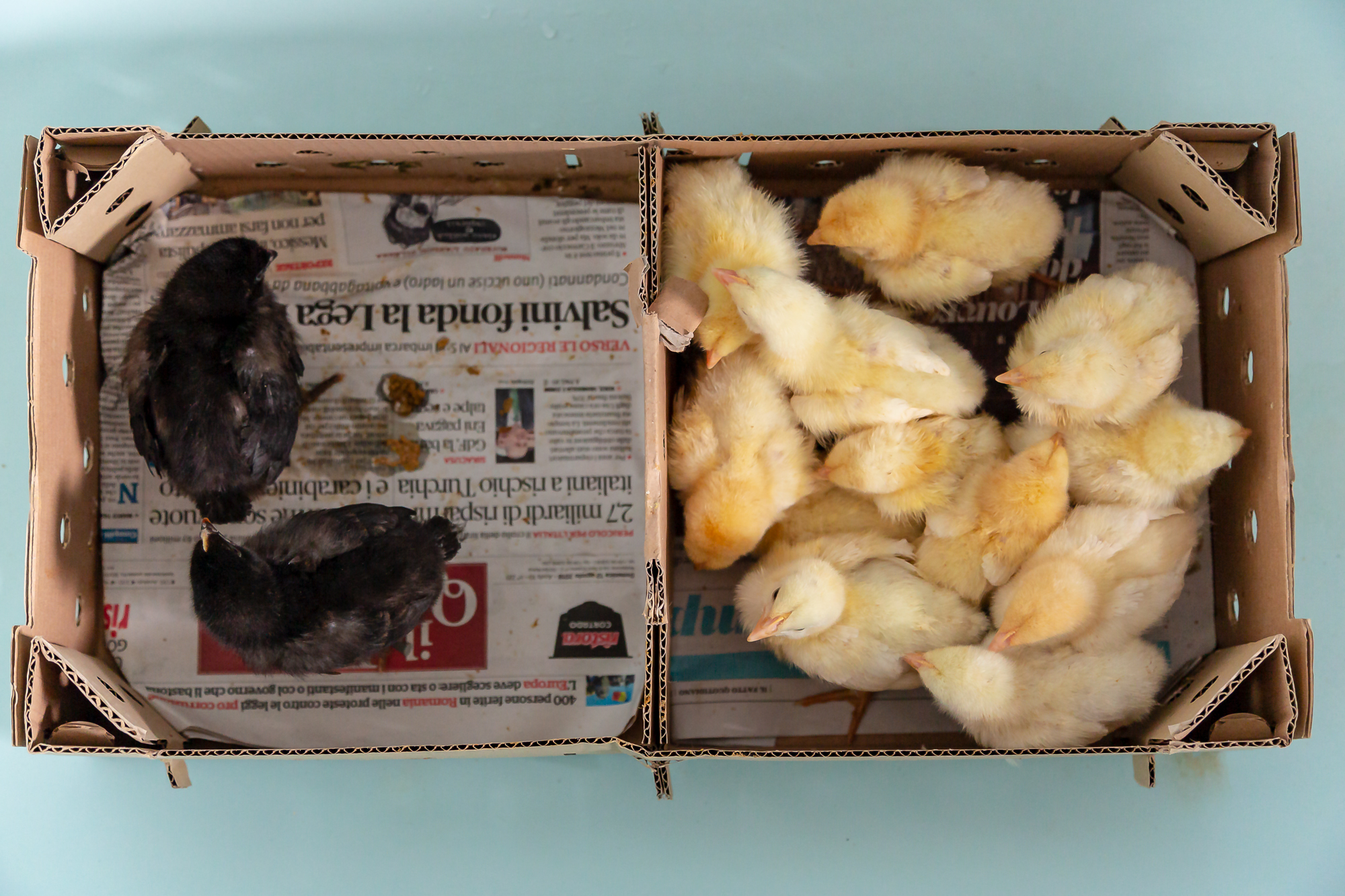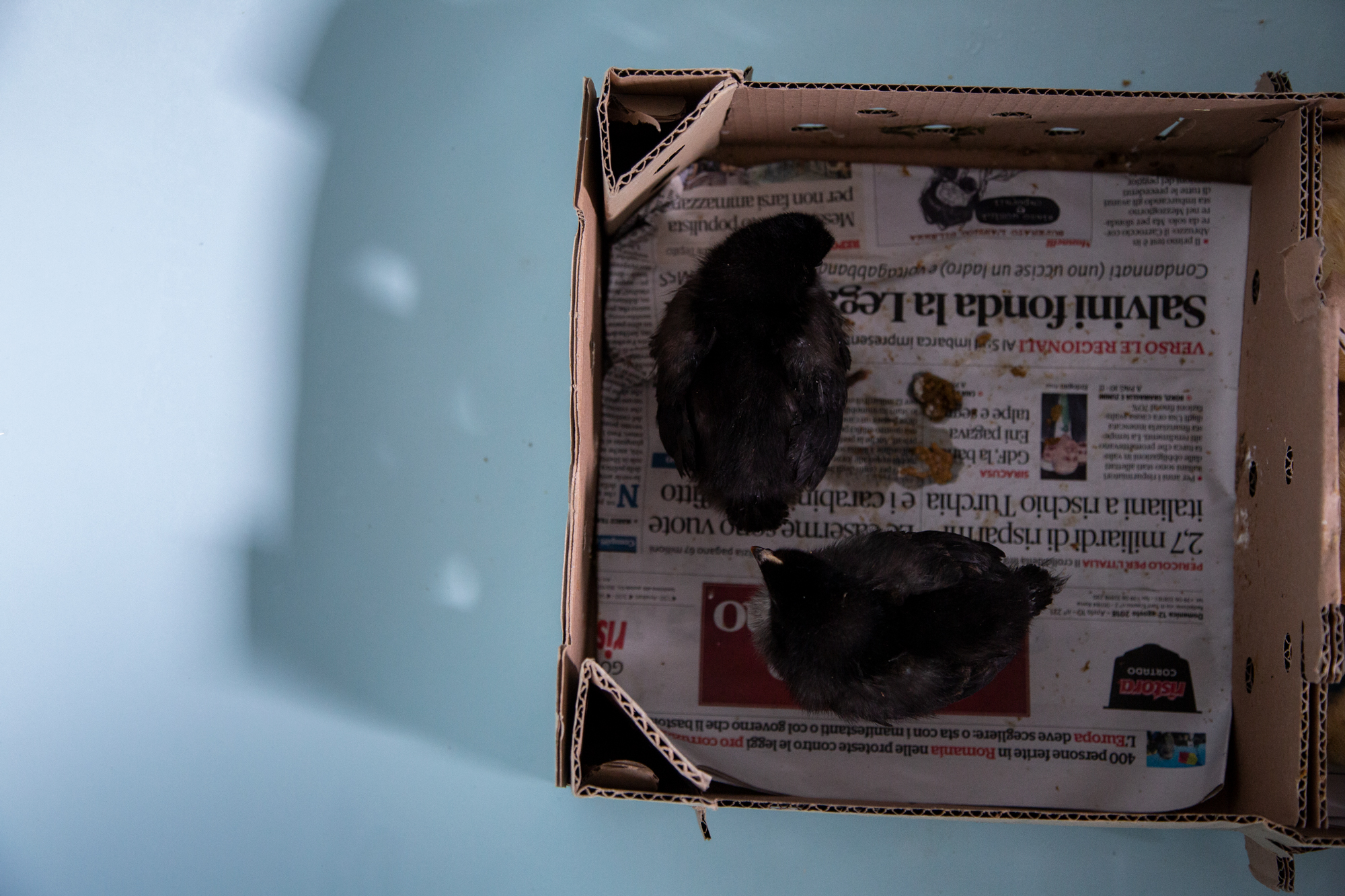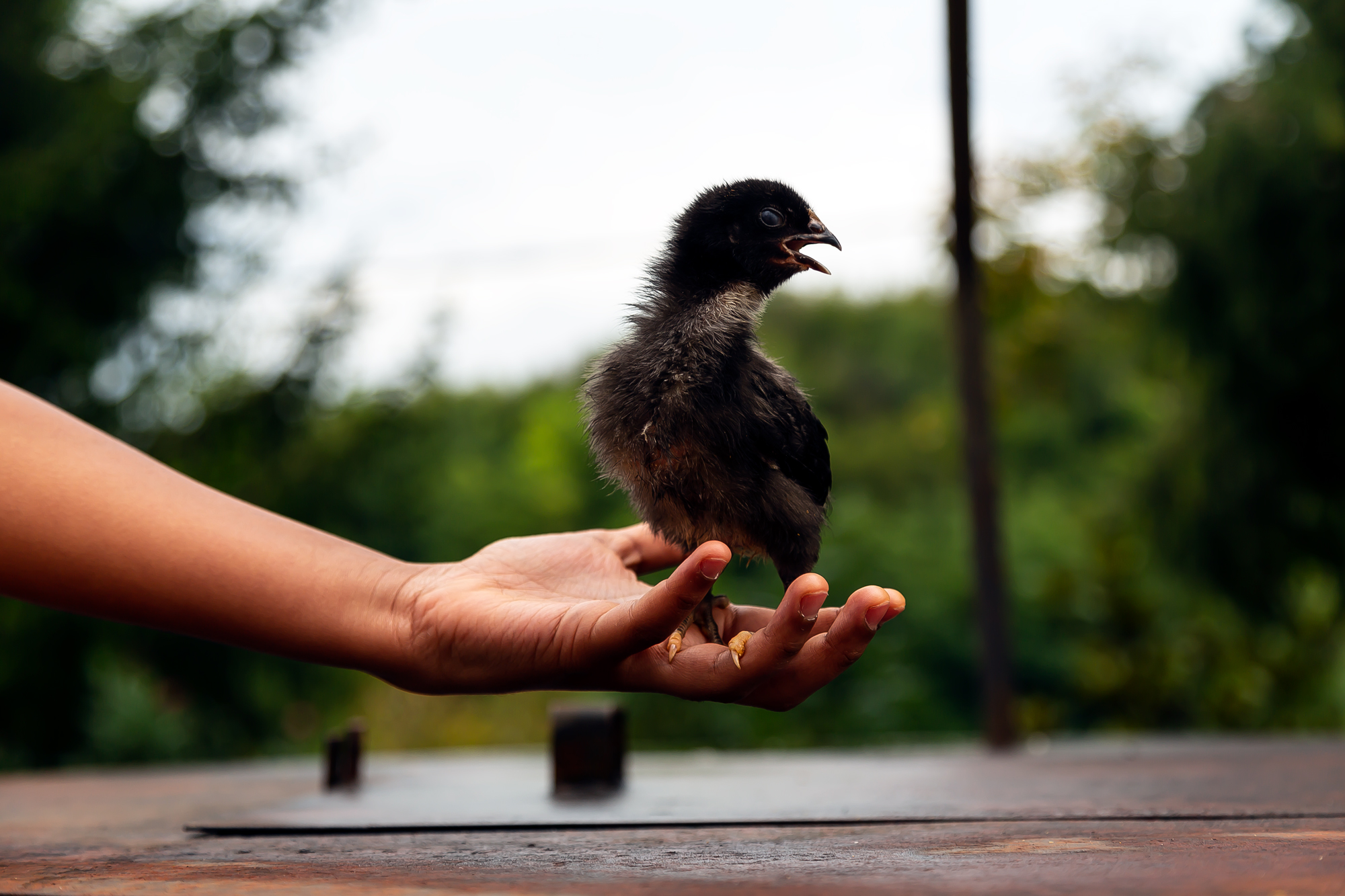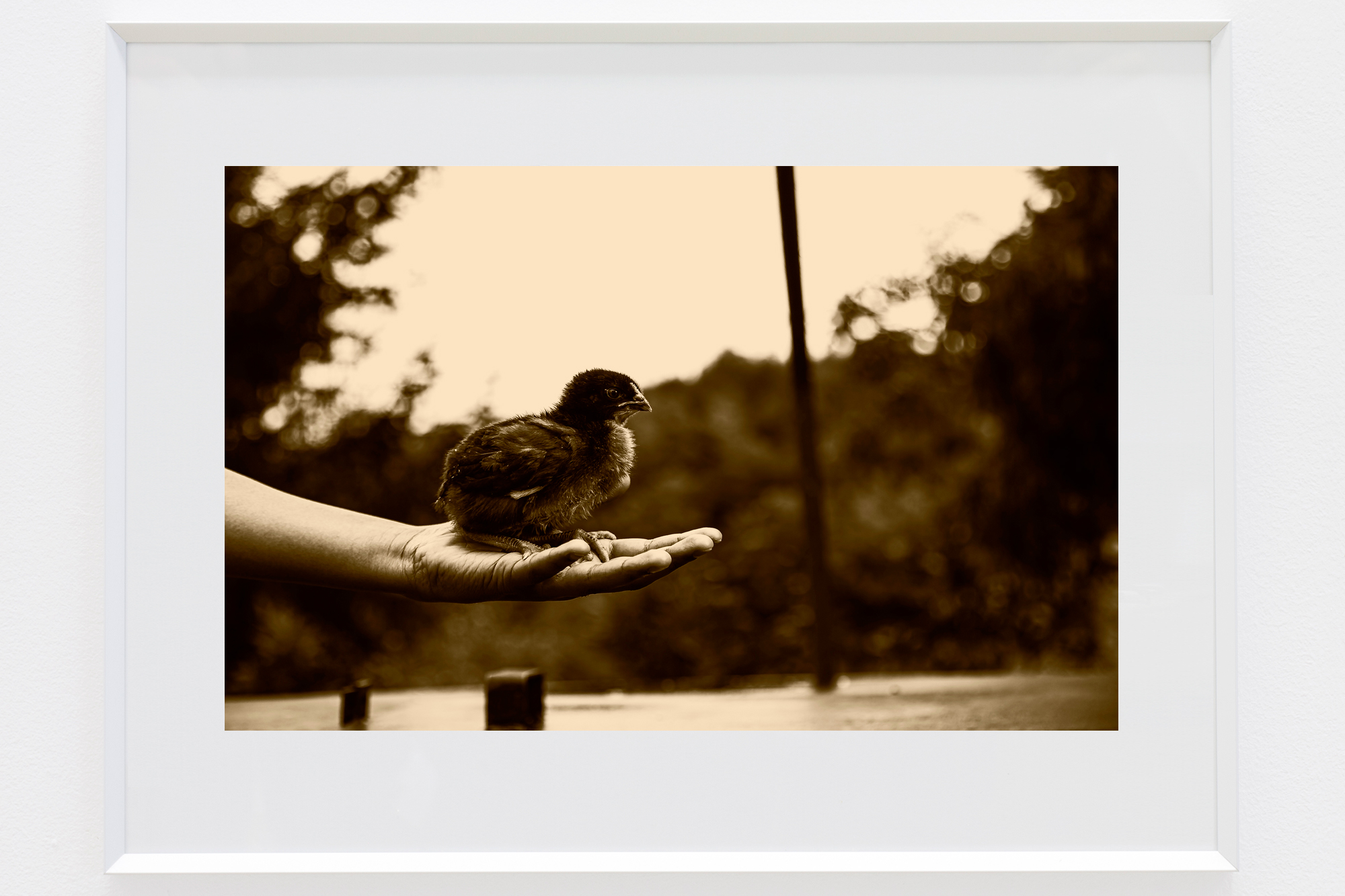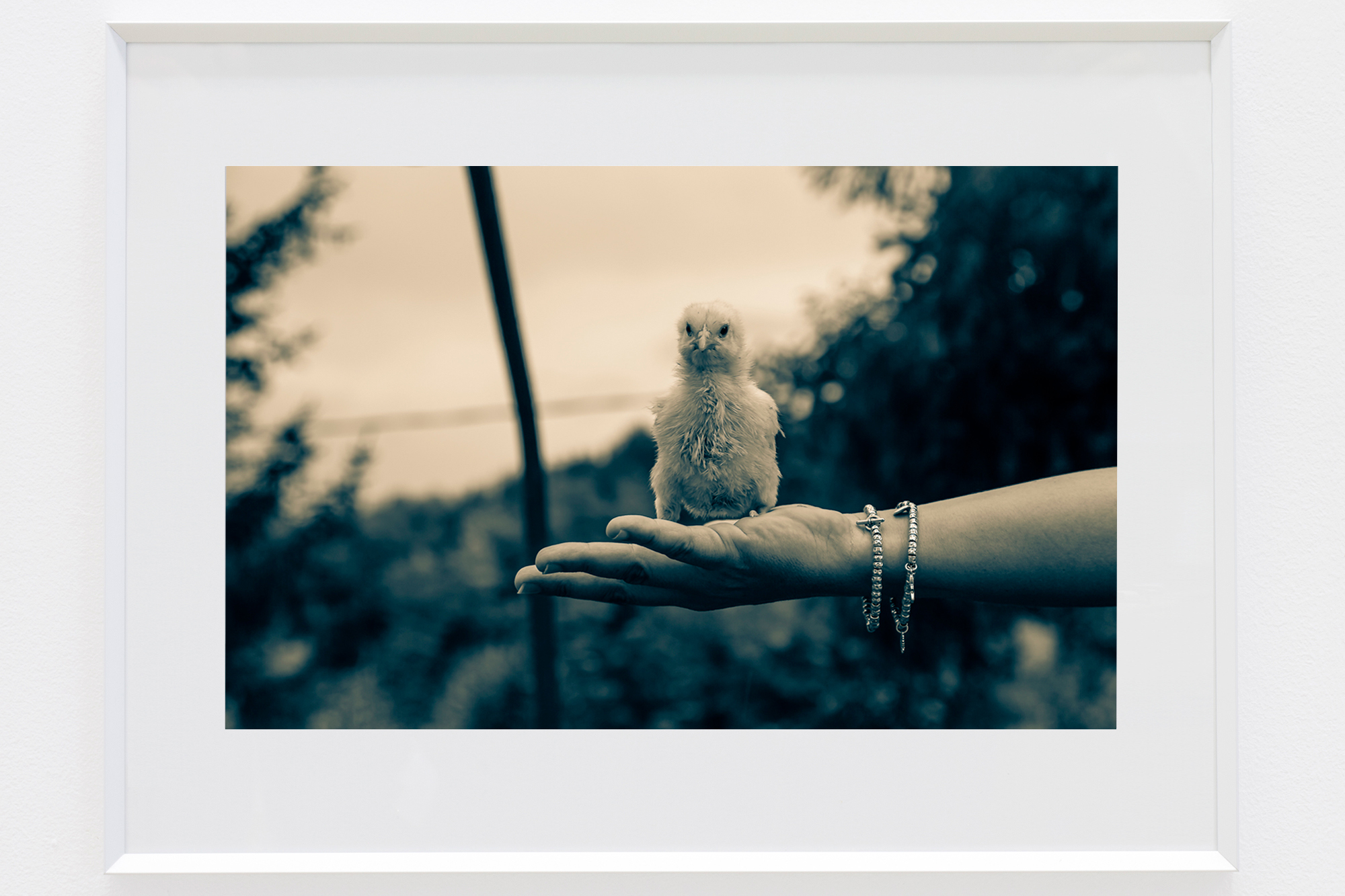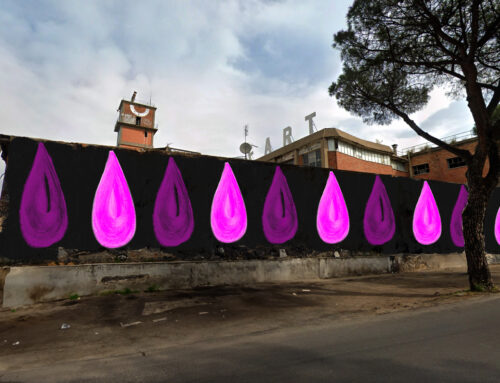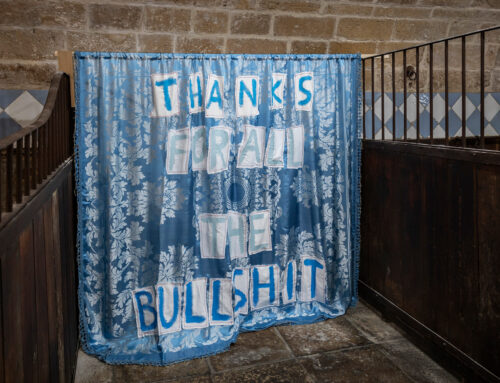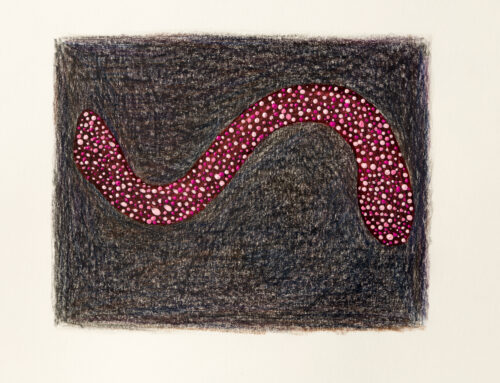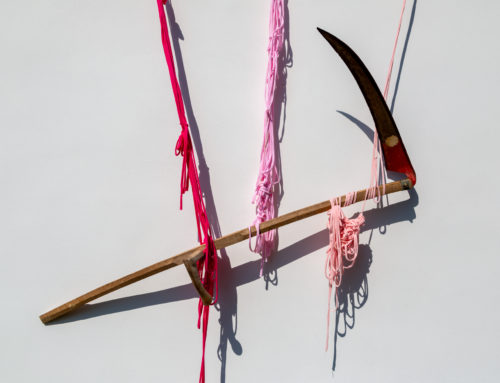Project Description
“WHEREVER THERE IS CENTRALIZATION THERE IS STUPIDITY. WHAT IS INHUMAN IN MODERN LIFE IS OFFICIALISM. AUTHORITY IS AS DESTRUCTIVE TO THOSE WHO EXERCISE IT AS IT IS TO THOSE ON WHOM IT IS EXERCISED.”
OSCAR WILDE
Starting a journey into the unknown requires accepting the risk of the uncertainty of the outcome. Some people are able to leave all that they hold dear and move on to the next stage of their lives, crossing deserts and seas, to settle—when they are lucky enough to settle—among strangers. The decision to migrate presupposes accepting the risk of meeting death at some point along the journey or that the life that one has chosen may not be, in the long run, full of hopes and possibilities but rather made of nightmares and despair. It takes incredibly brave—or incredibly naive—women and men to embark on the journey and face the stranglehold of unknown and centralized foreign systems ready to devour and subsume everything and everyone.
Migratory Politics in a Bathtub is a collection of works of art started by the artist in 2018. They deal with, and continue to analyze, two main topics: a) the relationship between emigration and immigration and b) the racial, cultural, and gender discriminations enshrined in the complexity of phenomena of integration. The project has been exhibited in a variety of formats in galleries and museums in different countries. The major components of the art project are videos, installation pieces, sculptural pieces, and a performance, although there are also drawings and paintings.
The works of art are related to political upheavals, social events, and racial discrimination but are removed from the instantaneous re-interpretation of news and have been filtered through a lens of family and personal experiences from the past twenty years. The works of art construct allegories by blending together the space of the home with larger national and international concerns. It is in these entanglements that the familiar becomes unfamiliar and a private act, like the washing of the body and the paraphernalia involved in the process, become symbols of larger concerns. The familiar is transformed from an act of love, caring, and belonging set in the personal sphere into an act of preparation, display, and ownership transposed into the public arena.
Migration becomes a contested issue in all of its forms, even when immigrants are from the ‘civilized’ north of Europe.
“They come here and they bring their debouched ways. They are strange and corrupt our ways.” The phrase could be said in every country and in every place, although it was pronounced somewhere in the Mediterranean and murmured confidentially by local people against tourists and northern European immigrants.
The ‘here’ and the ‘they’ become signs of clear borders and limitations. The words signpost the cultural identities and the roles that each party has to play within the assigned space: the here.
Migration and race in the Mediterranean blend, creating a single issue in which the two elements are inseparable. It is impossible to separate issues, controversies, and social politics since there cannot be a migratory experience that is not characterized by the definition of space, the ‘here’, and by the definition of cultural and racial identity, the ‘they’.
The works of art are about, directly and indirectly, our own sense of who we are, why we are what we are, and if we should conform or differentiate ourselves within the social context. The works of art question wather we are shaped by the way in which we see ourselves, by the way in which we see the world, or by the way in which the world looks back at us. Are we a ‘they’ simply because we are so defined by others? And who are the custodians of the ‘here’ and what rights do they have to a land that has never belonged to them and upon which they happen to be passing by, like everyone else, for a limited amount of time?
The tension of the works of art is constructed between what are our own cultural prejudices and how the realities people experience are interpreted according to already set parameters of nation-state, controlled body politics, and a morally superior understanding of the self. The conflict is borne out of an unshakable belief of the self as a superior entity, which is confirmed as being such through the degradation and abuse of others or through the imposition of a benign worldview that reveals itself to be another malign and more subtle, yet vicious form of fascism. Discrimination becomes the tool for the construction of a sense of identity based on the need to conform to the representation and narration of the body politic in its entirety or to the self-absorbed and auto-referential narratives of the states’ morally superior political factions.
The performance and the three-channel video stratify some of the concerns that the artist has about processes and structures in relation to racial definitions and colonial legacies. The cyclicality of events in the looped videos questions sameness and difference, both of which—in real life and in the videos—challenge understandings of homogeneity and definitions of identity, addressing the complexity of historical inheritances and contemporary migration.
Image captions:
Lanfranco Aceti, Our Race, Your Race, Their Race, 2018. 3-channel video.

